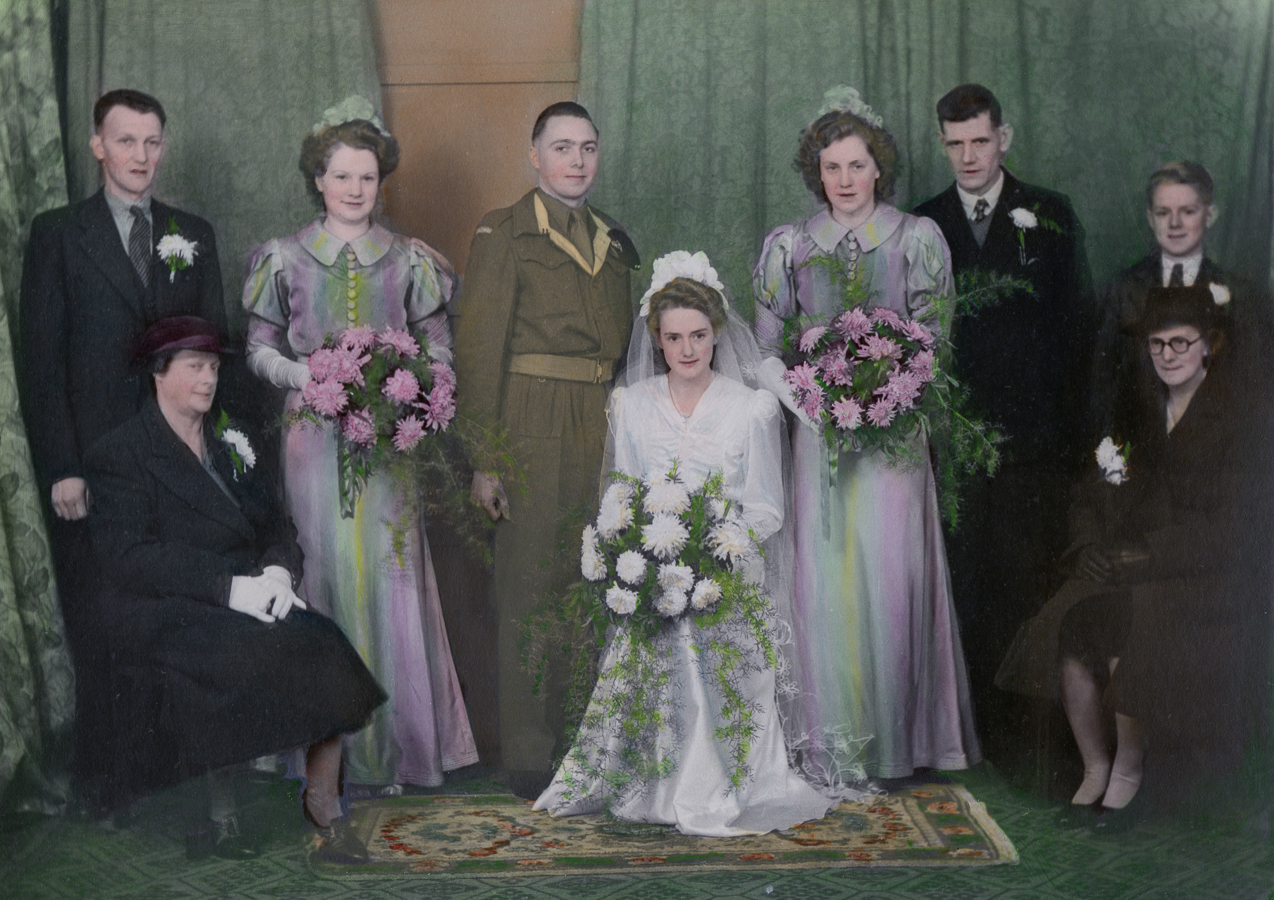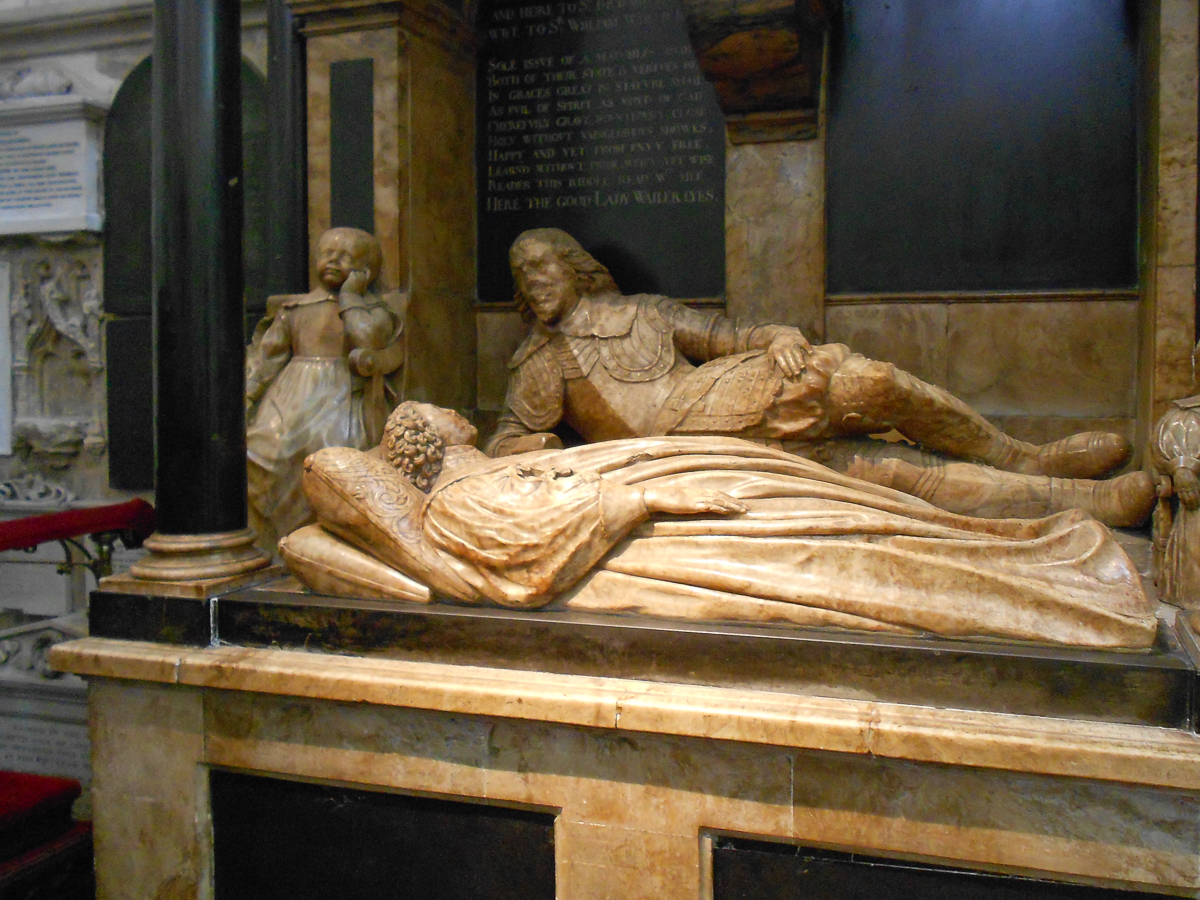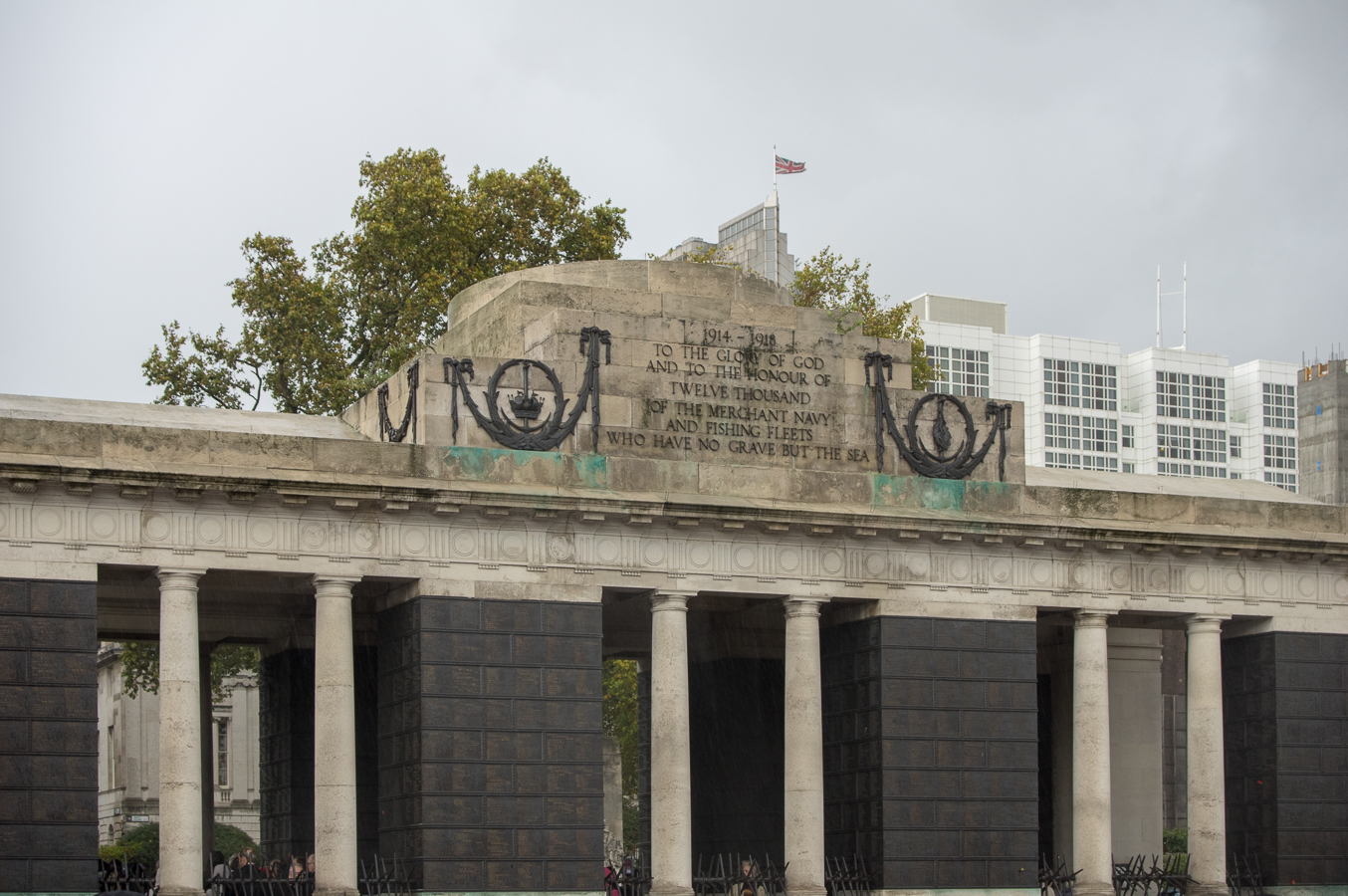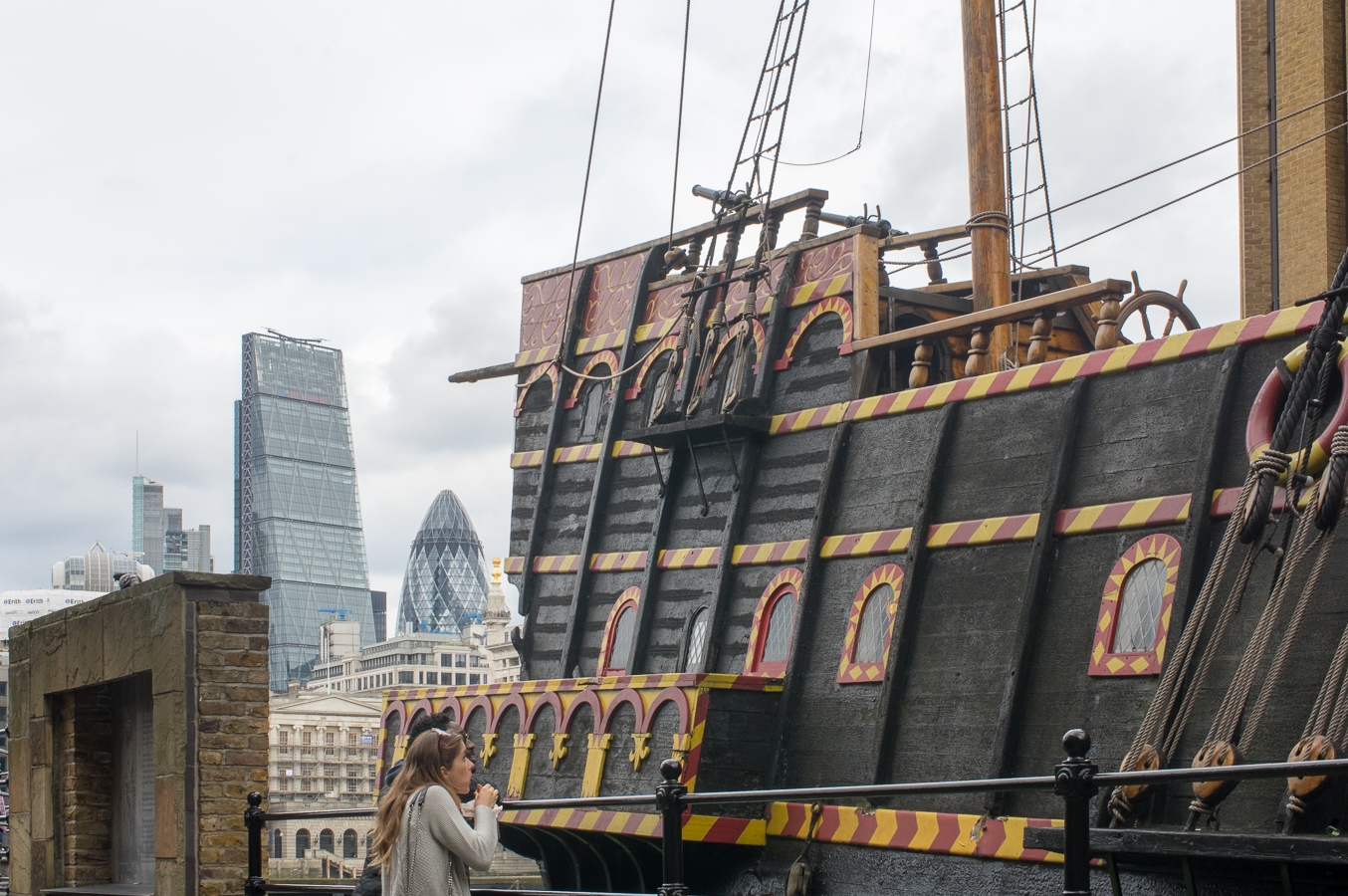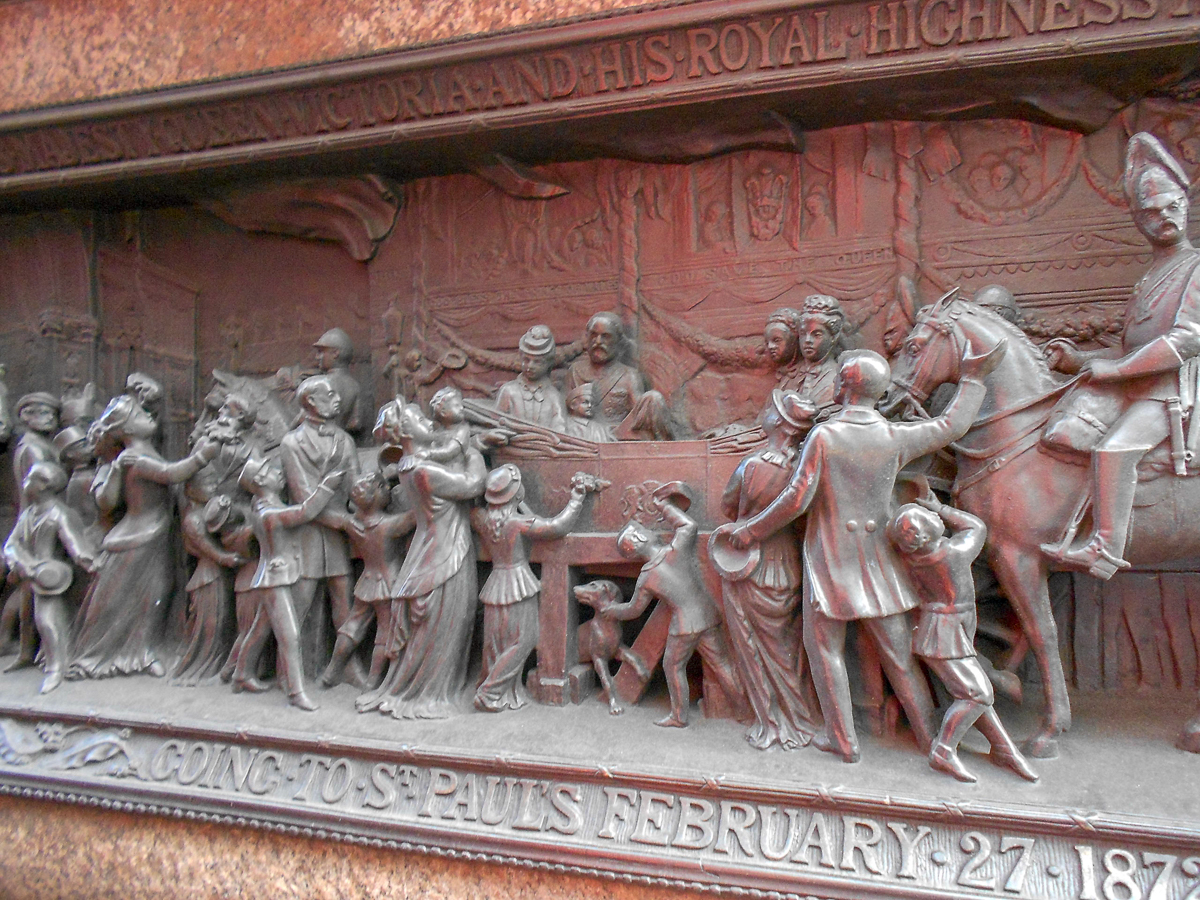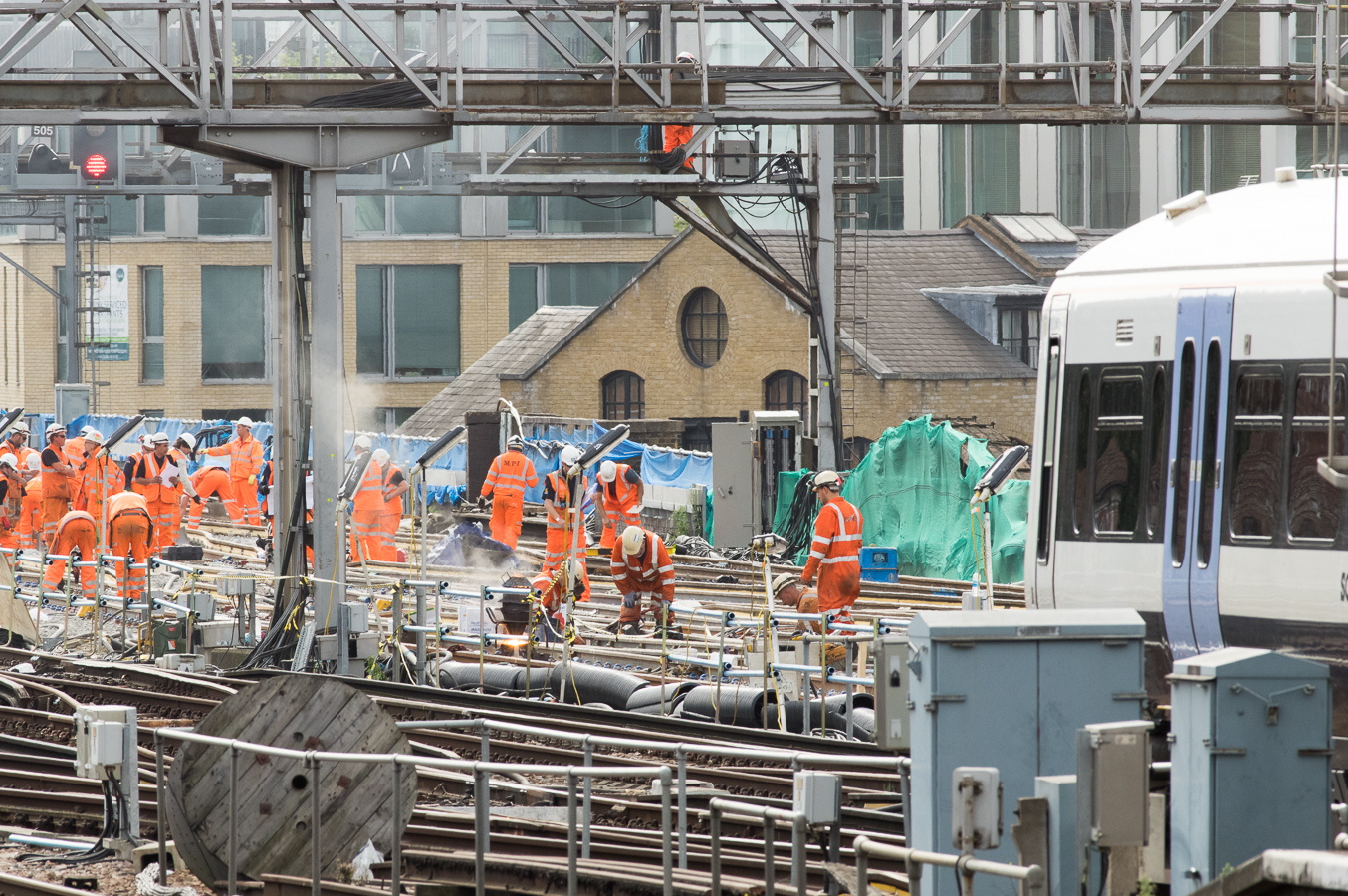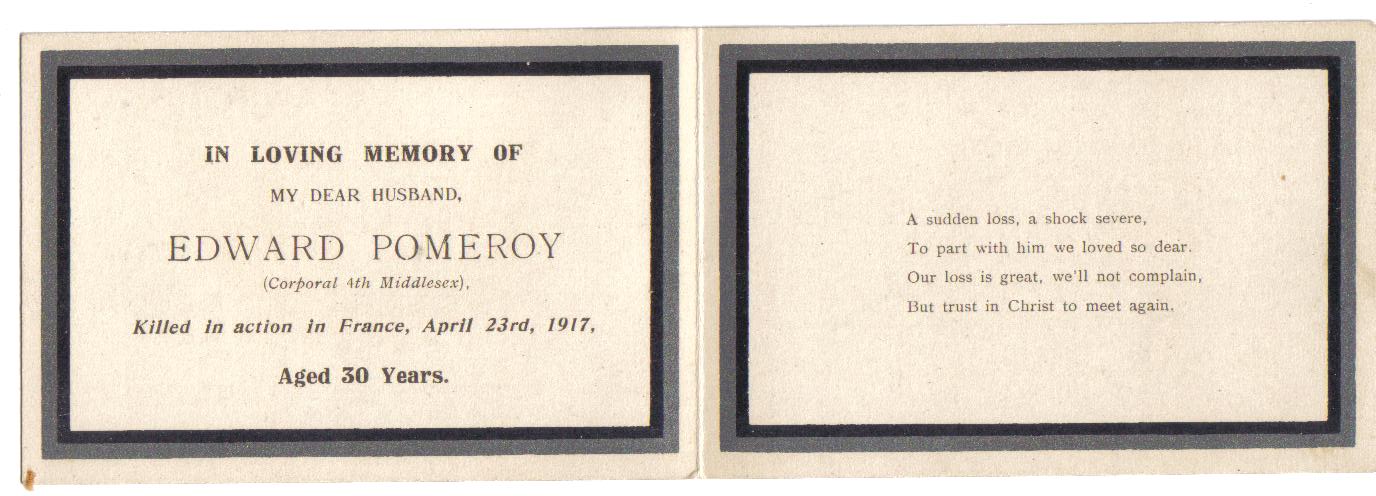Ludlow Castle
There is a lot of information about the history of Ludlow Castle on the internet.
Just a few links;
Walter de Lacy, a trusted member of the household of William fitzOsbern, arrived in England with the conquering army of William the Conqueror in 1066.
 FitzOsbern was rewarded for his loyal part in William’s victory with an Earldom over the lands of Hereford. After three years of local resistance, FitzOsbern was able to claim his Earldom and planned to keep his new acquisition secure by developing a string of castles along the border of England and Wales.
FitzOsbern was rewarded for his loyal part in William’s victory with an Earldom over the lands of Hereford. After three years of local resistance, FitzOsbern was able to claim his Earldom and planned to keep his new acquisition secure by developing a string of castles along the border of England and Wales.
Walter de Lacy was granted the manor of Stanton, which contained the site of present day Ludlow. Walter’s sons, first Roger and then Hugh, built the earliest surviving parts of the Castle that can still be seen today, and the de Lacy family retained the lordship until the end of the 13th century.
Ludlow Castle’s story began shortly after the Norman conquest. William FitzOsbern arrived in England during the Norman conquest and became Earl of Hereford. William quickly set about securing the Welsh border with a number of fortifications. Walter de Lacy was a trusted member of the FitzOsbern household and was granted various estates. In around 1086, Walter’s son, Roger de Lacy set about building Ludlow Castle (originally named Dinham Castle). The castle stood in the heart of the new estates and had a strong strategic advantage being above the river Teme on a flat topped ridge with steep rocky sides.
The castle was completed by 1115 and consisted of a stone ringwork with four towers, a gatehouse and a ditch on two sides dug out of rock. The rock that was excavated when creating the ditches was used for building the castle and thus making Ludlow castle likely the first stone castle in England.

